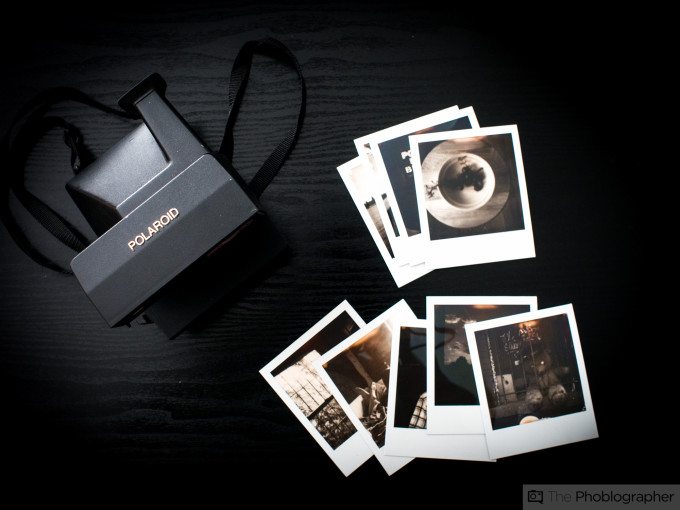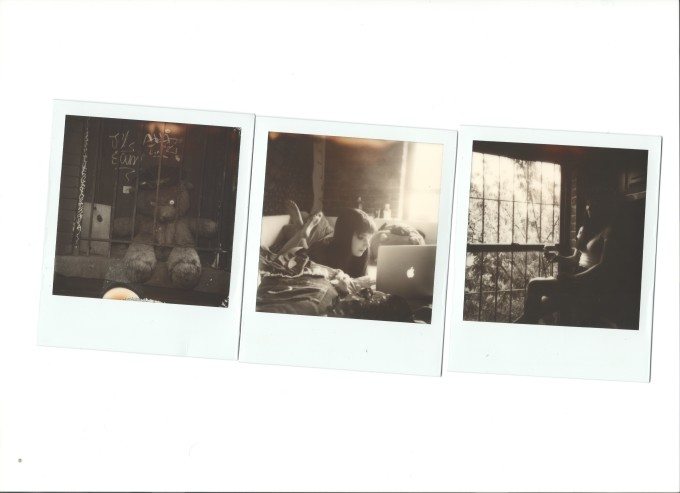Film–it’s something that tugs at the hearts of many a photographer. It has a beautiful nostalgic look to it and one that reminds us in a world that is primarily digital that there are still things that are tangible and one of a kind. So when the Impossible Project updated their black and white film to version 2.0, we joined other photographers in pure excitement. The company promised that the images would fade and turn to sepia much slower–additionally they promised better image quality.
Indeed, when you go for the impossible task of reverse engineering some of the world’s most popular films, you’re going to run into mistakes. For this, it’s excusable as it’s a tough task after all. But it’s also the only black and white instant film available on the market since the discontinuation of Fujifilm 3000-B.
Pros and Cons
Pros
– Beautiful image quality when you overexpose the scenes.
– Fun to use.
– Likely to start a conversation…or many.
– Forces you to be very careful about what you’re shooting because the film is so rare.
– Fast development time.
– Very detailed images.
Cons
– Fades to Sepia very quickly.
– Near indistinguishable image quality from the original version unless you scan and look at the images at 100%.
– You get eight shots per pack when Polaroid used to do 10.
– Expensive.
Gear Used
We tested the Impossible Project Black and White 2.0 film with the Polaroid Autofocus 660 with Sonar autofocus.
Tech Specs
Specs taken from the Impossible Project listing
- 8 exposures per pack
- Type: Black and white instant film for Polaroid™ 600-type cameras
- Format: 8.8 x 10.7cm (3.5 x 4.2in)
- Image area: 7.9 x 7.9 cm (3.1 x 3.1 in)
- Finish: Glossy
- Emergence: 20 seconds approximately at 70°F (21°C)
- Full development: 5 minutes approximately at 70°F (21°C)
- Battery: Built-in, long lasting battery to power up the camera and flash
Ease of Use
To use this film, what you’ll need to do is load it into the camera via the front. The cool thing about 600 pack film is that the pack includes the battery with it. Though if you think about it, it also means that you’re just wasting batteries.
Once you shoot the film, it’s best to put it in your pocket or inside a book for a while so that the film can fully develop in its own right. It’s also a good idea to press it down a lot to ensure that the development chemicals go through the entire image.
Image Quality
We got in two packs of black and white 2.0 and two packs of the original black and white and to be very honest, we couldn’t tell the difference unless we scanned them. The 2.0 version yields better image quality, but they both fade to sepia quite quickly.
The images above were taken with all 2.0 film.
This images above here, however, was taken with mostly with the 1.0 version with the exception of the far left image. Again though, we can’t really tell the difference except that the newer version is only slight less sepia.
If this doesn’t bother you too much, then carry on. Otherwise, you’ll need to get yourself a Polaroid Land camera and pony up lots of dough for some leftover 3000-B film.
Conclusions
We like the Impossible Project’s Black and White film version 2.0–especially since it’s some of the last black and white instant film in production. But what we don’t like it how expensive it is and the fact that it seems nearly indistinguishable in terms of quality except to the most trained eyes out there.
Still, you can surely create some great moments with it–just be sure to give it lots and lots of light.
We rate the Impossible Project’s Black and White 2.0 film with three out of five stars. Hopefully, the company’s newer version of their color film will perform better.





